
The First Explorers
Although the Dutch visited Lourenço Marques (present day Maputo) in March of 1721, in order to establish a trading post, they made no effort to travel inland.The first documented occurrence of outsiders exploring this area comes from Dutchman François de Cuiper who led a Dutch East India Company expedition, in June of 1725, looking for local inhabitants. By July of that year, they had crossed the Komati and Crocodiles Rivers.
The latter was crossed some 3 kilometres northeast of the present day Crocodile Bridge Restcamp, and thus the expedition members were with first Europeans to "enter" the Park. Interestingly some of the river names that De Cuiper got from the local people in 1725 are still in use today. Examples include Sabe (Sabie), Matibawati (Timbavati), and Imbaloele (Balule).
The local inhabitants were found, or rather, they found the Dutch and it wasn't long before De Cuiper's Expeditions were driven back to the coast. It was only with the arrival of the Voortrekkers in 1838 that Europeans were able to establish safe and permanent.
The Voortrekkers / Louis Trichardt
They left the Cape in 1835, and reached the Soutpansberg (staying until 23 August 1837). Trichardt's group then left for Lourenço Marques. The trek crossed the border of the present day Kruger National Park on the 6 March 1838, at Tshokwane.
They trekked through the Malaria and Nagana (sleeping sickness) infested area, and the remnants of the party reached Lourenço Marques (Delagoa Bay) on 13 April 1838. Louis Trichardt and most of his followers died during the journey and a memorial was set up which commemorates him.
In 1843, Andries Potgieter attempted to find a more southerly route from Pretoria to Lourenço Marques, but the one that his party took turned out to be almost impossible to negotiate. The trek came to a halt at the edge of the Drakensberg Escarpment from which there was no possible way to descend. A scouting party was sent out, which consequently discovered an animal track that permitted access to the Lowveld.
Evidence still exists of a route from Lydenburg to Delagoa Bay, which was established by the Afrikaners to gain access to the sea for trade purposes, in order that they did not have to be dependent on British ports.
Although the Voortrekkers were establishing themselves in the area, others, with an eye on trading and profits, have left their mark, not least of whom was João Albasini.
The Pioneers of Kruger National Park

Jakob Louis van Wyk first introduced the idea of creating a game reserve to the Volksraad (the old term used for parliament) of the old South African republic in 1895. After many discussions about how to protect the wildlife of the Lowveld, the president of the Transvaal Republic, Paul Kruger, proclaimed a Government Wildlife Park in 1898.
The name of the park later changed to Sabi Game Reserve, with James Stevenson Hamilton serving as the first warden. During Hamilton's 44 years as warden of Sabi, the reserve expanded and the current name, Kruger National Park, came into existence in 1926. The park's first motorists entered the wildlife-rich area in 1927.
After retiring, Hamilton was replaced by Colonel J. A. B. Sandenbergh, a former employee of the South African Air Force. Under his term, the park's boundaries were fenced off from other countries. The operation that had begun in 1959 aimed to prevent the spread of diseases among wildlife and to regulate border control to curb poaching.

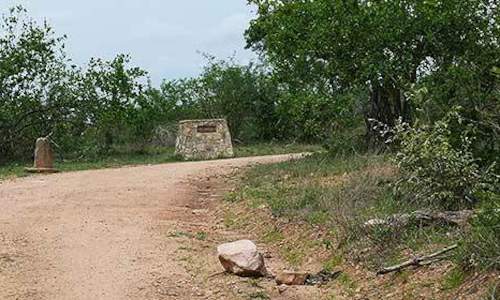 One such reminder is on the Crocodile River, and is known to be Alf Roberts' trade store. Today its site is marked by a couple of mounds and...
One such reminder is on the Crocodile River, and is known to be Alf Roberts' trade store. Today its site is marked by a couple of mounds and... One of Kruger Park's most famous stories is the 1904 saga of Harry Wolhuter (one of the Park's first rangers). Wolhuter was riding on horseb...
One of Kruger Park's most famous stories is the 1904 saga of Harry Wolhuter (one of the Park's first rangers). Wolhuter was riding on horseb...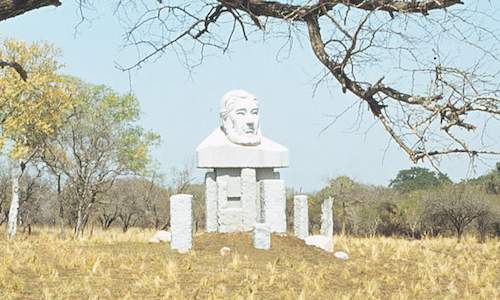 Paul Kruger (Stephanus Johannes Paulus Kruger) was born on October 10 1825 at his grandfather's farm, Bulhoek in the Steynsburg district and...
Paul Kruger (Stephanus Johannes Paulus Kruger) was born on October 10 1825 at his grandfather's farm, Bulhoek in the Steynsburg district and... James Stevenson-Hamilton (October 2 1867 - December 10 1957) born in Scotland was the eldest of nine children. He married Hilda Cholmondeley...
James Stevenson-Hamilton (October 2 1867 - December 10 1957) born in Scotland was the eldest of nine children. He married Hilda Cholmondeley...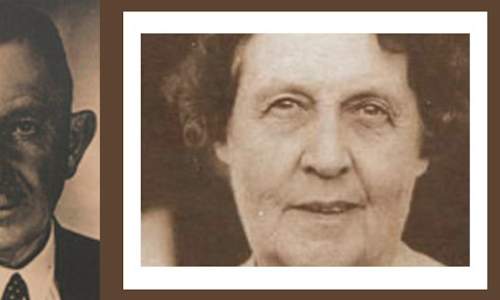 JH Orpen, a surveyor and member of the National Parks Board helped sponsor boreholes for the park. His wife Eileen bought up seven farms imm...
JH Orpen, a surveyor and member of the National Parks Board helped sponsor boreholes for the park. His wife Eileen bought up seven farms imm...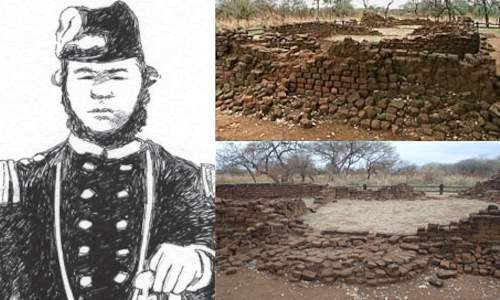 Albasini was born 1 May 1813, in Lisbon, Portugal. He came to Lourenço Marques in 1831 and became a slave trader and Elephant hunter. The r...
Albasini was born 1 May 1813, in Lisbon, Portugal. He came to Lourenço Marques in 1831 and became a slave trader and Elephant hunter. The r...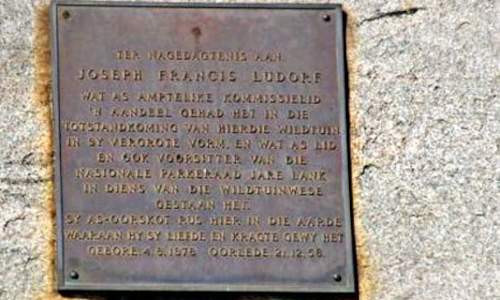 Plaques were clearly a popular means of commemoration, as can be attested by the Joe Ludorf plaque (at Napi Kop). Ludorf was a staunch natio...
Plaques were clearly a popular means of commemoration, as can be attested by the Joe Ludorf plaque (at Napi Kop). Ludorf was a staunch natio...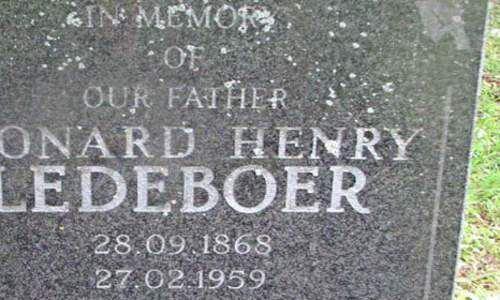 Another place of recent historical interest is Ranger Ledeboer's quarters. Leonard Henry Ledeboer came from Holland as a young man in 1888. ...
Another place of recent historical interest is Ranger Ledeboer's quarters. Leonard Henry Ledeboer came from Holland as a young man in 1888. ...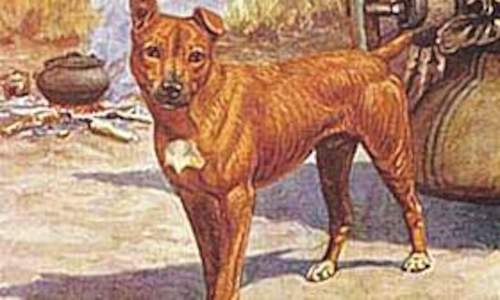 Percy FitzPatrick was born in King William's Town 24 July 1862 (and died at Amanzi (Uitenhage) 24 January 1931). He was the eldest son of Ja...
Percy FitzPatrick was born in King William's Town 24 July 1862 (and died at Amanzi (Uitenhage) 24 January 1931). He was the eldest son of Ja...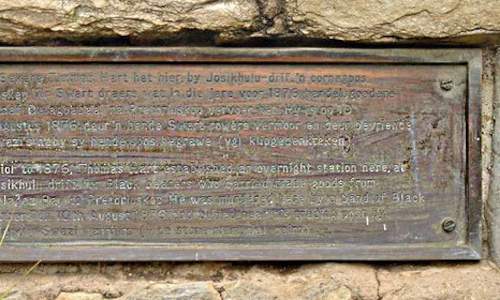 The somewhat rough and ready times of the Trade Route, are also remembered at Thomas Hart's grave. Hart was a 'stationmaster' on trade route...
The somewhat rough and ready times of the Trade Route, are also remembered at Thomas Hart's grave. Hart was a 'stationmaster' on trade route...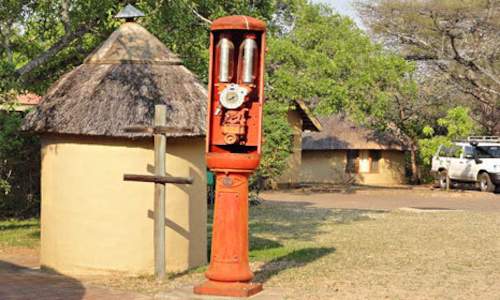 An example of this is Council member W.A. Campbell, who once owned the Mala Mala farm on the Game Reserve border. He donated an amount of...
An example of this is Council member W.A. Campbell, who once owned the Mala Mala farm on the Game Reserve border. He donated an amount of...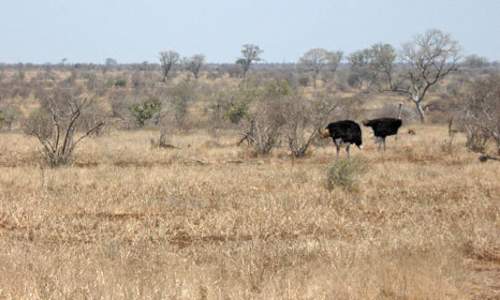 Another casualty of the times was William Lloyd, Ranger at Satara in 1920. Satara was so remote in those days it could only be reached on fo...
Another casualty of the times was William Lloyd, Ranger at Satara in 1920. Satara was so remote in those days it could only be reached on fo...